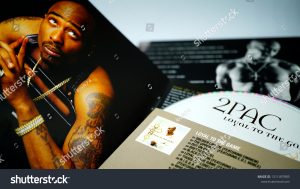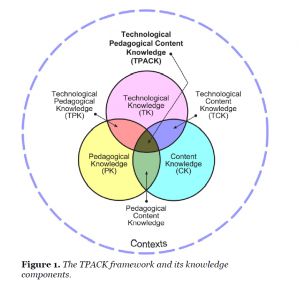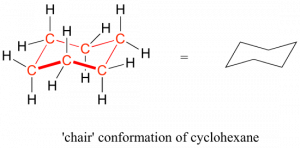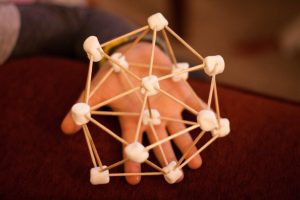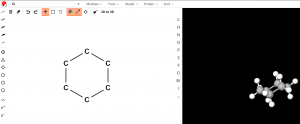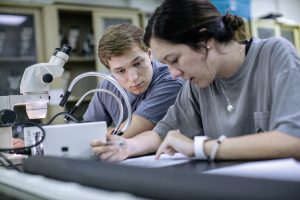After three blogs and a video project, all that’s left is our nascent literature review before I begin embarking on that happy journey. With that in mind, where shall the destination of my research project be?

Given that my current employment is at a school offering distance & blended learning, my colleagues and I were aiming aiming to examine a topic that is more relevant to us than for traditional brick-and-mortar schools. I had chosen the chapter on Flexible, Open, and Distance Learning because it sounded interesting and highly relevant to my practices. Unfortunately, my partner and I discovered that most of the content in the article to be fairly predictable, which is a given as we either implement those practices already or have already encountered those issues. In design a blended course for instance, we have long since realized that merely transforming the course content into a digital format was not effective for students to successfully engage with it. Furthermore, we still occasionally face the constraints of technology such as the learning management system (LMS) lacking a user-friendly interface or input for assessments (or students ‘forgetting’ how to use the LMS).
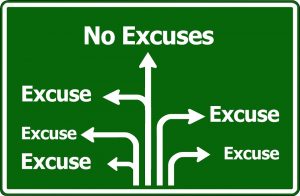
I was pleasantly surprised that Pratt and Kovacheva (2018) mentioned the issue of current research on distance or blended learning being largely at the post-secondary level, with limited information from applications at the secondary or elementary level. This was something my colleagues and I were wondering during on first semester when reading the comparative study by Yen et al (2018), where they compared traditional, online, and blended modals of the same university course, and found that there were no significant differences in learning between the three. For the high school population, I doubt that the same results would be reproduced as the students are generally not as self-motivated or responsible for their own learning; which is understandable as there is a trove of information on children’s brain development being woefully incomplete at that age (and for some adults, never seem to have finished). With that said, what are some suggestions for designing a successful blended or online course? Oliver and Stalling (2014) had a suggestion that was highly reminiscent of the TPACK model, whereby teachers needed to be possess subject/content competency, pedagogical competency, technological competency, and teacher competency. While this was not new information, I was glad to see different researchers promoting the same model (and not that silly SAMR one). There was one interesting point that was mentioned, which is that teachers need access to on-going professional development (Powell et al, 2015; Vanderlinde, Aesaert, & Van Braak, 2004; and mentioned in handout summaries of other projects with no source cited). I fully agree with this suggestion as a new teacher, but I’ve noticed that none of the district workshops or Professional Development (Pro-D) seem to offer anything regarding this. My colleagues have explained that there is only the Canadian e-Learning conference once a year, and even that is mostly about pushing product services than structuring or framing online learning. So rather than focus on theoretical approaches / guidelines / suggested practices, as present throughout everyone’s presentations (teachers and students should be motivated to learn, build on strengths, understand technology, collaborate, bla-bla-blah), I’m far more interested in Pro-D workshop with practical applications. For example, here is the LMS called Moodle, here are some tools (assessments, textbook content, discussions forums, anonymous feedback), here are some ways we have used or re-purposed these tools for demonstrating Communication, Thinking, and Personal & Social Competencies. The biggest struggle I predict teachers have when deciding to tackle online or blended learning is the sheer amount of time needed to become familiar with the intricacies of the online system. More often than not, we use pre-published lessons as a way to quickly have a functional course and delve right into managing the class and assessing the students (your Honor, I plead guilty). It’s only a matter of time before this spirals into the “it works, why bother changing it”; hallmark of decrepit teachers who are well past their expiration date and you’re even wondering how they even stand upright.

In taking leadership to create a workshop, we would save individual teachers the time and effort needed to learn the basic foundations of the system by themselves, and re-invest that time into investigating more efficient, effective, or even innovative ways to use the same tools. This opens up more opportunities for richer collaboration, as the community have all moved past the hurdle of how do I use X tool? This leads us to the next step: how DO we create a professional workshop for online and blended learning, and what are the main topics that makes it appealing?
